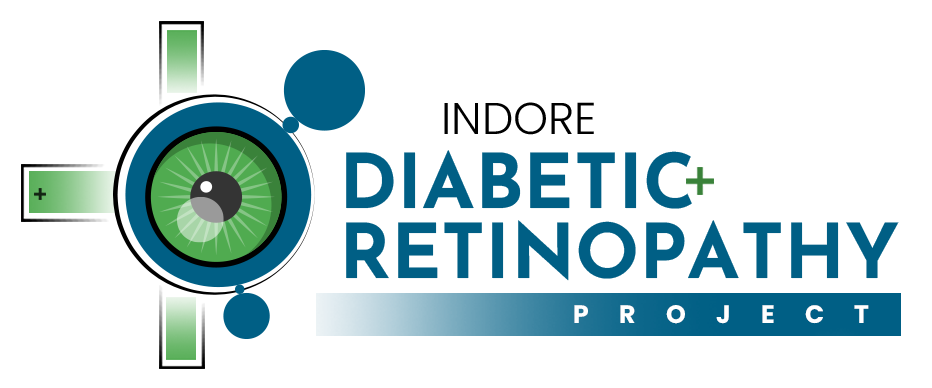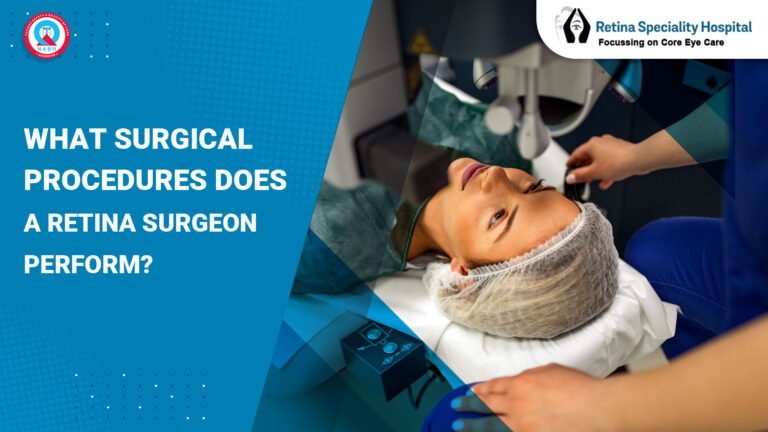The Retinal Nerve Fiber Layer (RNFL) thickness plays a crucial role in diagnosing and monitoring various eye conditions, particularly glaucoma and optic neuropathies. Thanks to advancements in Optical Coherence Tomography (OCT), measuring RNFL thickness test in indore has become highly precise and accessible.
In Indore, top-rated eye hospitals and retina specialists offer RNFL tests and OCT scans, enabling early detection and effective management of vision-threatening diseases. If you or a loved one is at risk for eye conditions, understanding RNFL thickness and its significance can help you take proactive steps for your eye health.
Understanding RNFL Thickness
The Retinal Nerve Fiber Layer (RNFL) is composed of millions of tiny nerve fibers responsible for transmitting visual signals from the retina to the brain. The thickness of this layer is a key indicator of eye health. Any abnormal changes—whether thinning or swelling—can signify an underlying eye disease.
Common Conditions Associated with RNFL Changes
✅ Glaucoma: A progressive disease that damages the optic nerve, leading to irreversible vision loss. RNFL thinning is one of the earliest signs of glaucoma, making regular RNFL scans essential for early diagnosis.
✅ Optic Neuritis: Inflammation of the optic nerve, often associated with multiple sclerosis (MS). This condition can cause temporary or permanent vision loss, and RNFL analysis can help in its early detection.
✅ Diabetic Retinopathy: Diabetes-related damage to retinal blood vessels can also affect the nerve fiber layer, leading to vision complications. Regular RNFL evaluations can help in managing diabetic eye disease.
✅ Hypertensive Retinopathy: High blood pressure can impact the retinal nerves, leading to changes in RNFL thickness. Early detection can aid in both eye and cardiovascular health management.
How is RNFL Thickness Measured?
The RNFL OCT scan is the most advanced and reliable method to measure RNFL thickness. This non-invasive imaging technique provides high-resolution, cross-sectional images of the retina, allowing ophthalmologists to detect even subtle nerve fiber loss before vision symptoms appear.
Why is an RNFL Test Important in Indore?
With an increase in glaucoma, diabetic retinopathy, and other retinal diseases, undergoing an RNFL thickness test can help in:
🔹 Early Detection: Identifying glaucoma and optic neuropathies before significant vision loss occurs.
🔹 Disease Monitoring: Tracking changes in RNFL thickness to evaluate the progression of eye diseases.
🔹 Treatment Effectiveness: Assessing whether glaucoma medications, laser treatments, or surgeries are successfully preventing further nerve damage.
If you experience blurred vision, unexplained headaches, difficulty adjusting to light, or sudden vision loss, it may be time to consult a retina specialist in Indore for an RNFL scan.
Who Should Get an RNFL OCT Scan?
Certain individuals are at higher risk of retinal and optic nerve diseases and should consider regular RNFL OCT scans, including those who:
✔ Have a family history of glaucoma or optic neuropathy
✔ Are above 40 years of age (risk of glaucoma increases with age)
✔ Have diabetes or high blood pressure (risk of retinal nerve damage)
✔ Experience sudden vision changes or frequent headaches
✔ Have been diagnosed with multiple sclerosis or other neurological conditions
FAQs About RNFL Thickness Test
1.What is an RNFL thickness test?
A . It is a non-invasive imaging test that measures the thickness of the retinal nerve fiber layer using Optical Coherence Tomography (OCT). It helps in diagnosing and monitoring glaucoma, optic neuropathy, and other eye diseases.
2.Where can I get an RNFL OCT scan in Indore?
A .Several top-rated eye hospitals in Indore offer RNFL scans, including specialized retina care centers equipped with advanced OCT technology.
3.Is the RNFL test painful?
A .No, the test is completely painless and non-invasive. It involves scanning the retina using light waves to create high-resolution images of the nerve fiber layer.
4.How often should I get an RNFL test?
A .Individuals at higher risk of glaucoma or optic nerve diseases should undergo annual RNFL tests. If you already have a diagnosed condition, your retina specialist may recommend more frequent monitoring.
5.Can RNFL thickness indicate other health conditions?
A . Yes. Apart from glaucoma and optic neuropathies, changes in RNFL thickness can sometimes indicate neurological diseases like multiple sclerosis, Alzheimer’s disease, and stroke.
How do I find the best retina specialist near me in Indore?
To find a trusted retina specialist in Indore, you can:
🔹 Search online for reviews and ratings of top eye hospitals.
🔹 Ask for referrals from your general ophthalmologist.
🔹 Visit retina centers with advanced diagnostic facilities and experienced specialists.
Conclusion
RNFL thickness measurement is a powerful diagnostic tool for detecting and managing glaucoma, diabetic retinopathy, optic neuritis, and other eye disorders. If you’re in Indore and need an RNFL test, consult an experienced retina specialist to ensure early diagnosis and effective treatment.
Preserve your vision with early detection!
Looking for the best retina care in Indore? Book your RNFL OCT scan today!












